As a local living in Croatia, I’m often asked what there is to do in Croatia. After almost a decade of living here, I can tell you there are so many ways to experience the magic of Croatia; figuring out what to do in Croatia can be overwhelming.
But, with this guide, I’ll show you the best places will want to visit in Croatia.
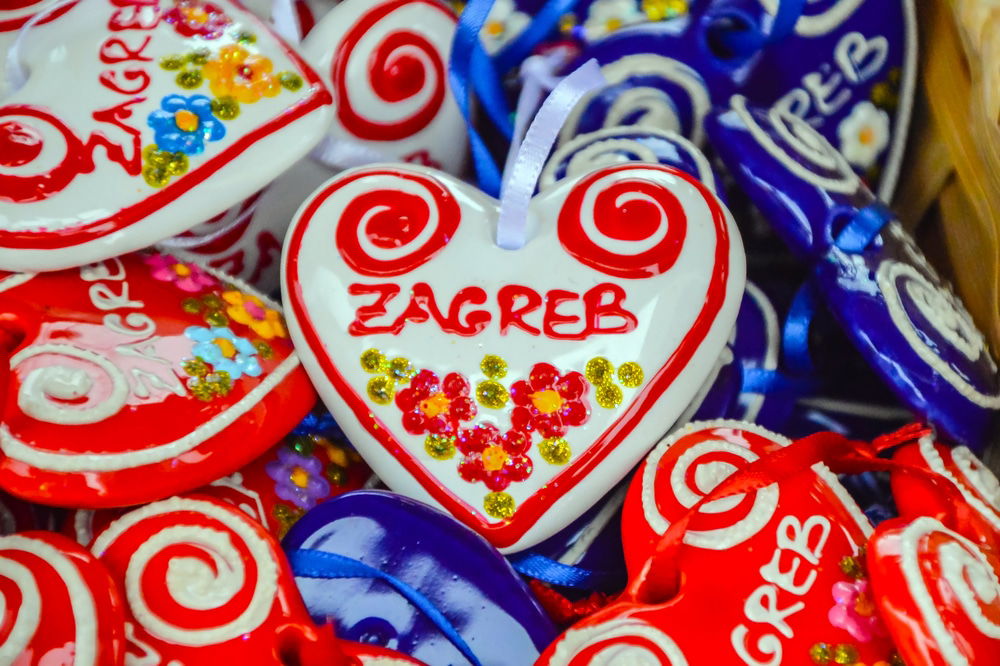
So, what Croatia tourist attractions suit you best? Is it to meander the warrens of centuries-old cobbled streets, and discover UNESCO Croatia sites as you go? Or perhaps, to spend a day or weeks mesmerized by the turquoise waters of the Adriatic Sea as you sail the many islands of Croatia?
Alternatively, perhaps you’d like to go for an adventure and hike, cycle, or raft in one of the eight stunning national parks. Or maybe the newest fad of dental tourism in Croatia or life as a digital nomad intrigues you.
No matter what, I have made this list of places to see in Croatia to help you craft the best Croatia itinerary.
What To Do In Croatia:
Сheck out my selection of tours for nature lovers with love to the most picturesque places in Croatia:
- 🚢 Embark on a day trip to Krka National Park from Split, admire picturesque waterfalls, and join a river cruise
- 🏞️ Head on an adventurous small-group or private 5-island tour by speedboat, including snorkeling in pristine blue waters
- 🏕️ The Montenegro coast offers incomparable natural beauty and a great variety of historical places – discover a whole new culture and landscape on this trip from Dubrovnik
- ⛵ Explore local sites, enjoy the majesty of Dubrovnik’s City Walls, and take in stunning views on a sea kayaking tour
Creating a list of the top things to do in Croatia is a virtually never-ending task. As someone who lives in Croatia, here are my tips for Croatia and the must-see things! Consider working some into your itinerary!
Skip Ahead To My Advice Here!
1. Visit Croatia’s Best Beaches
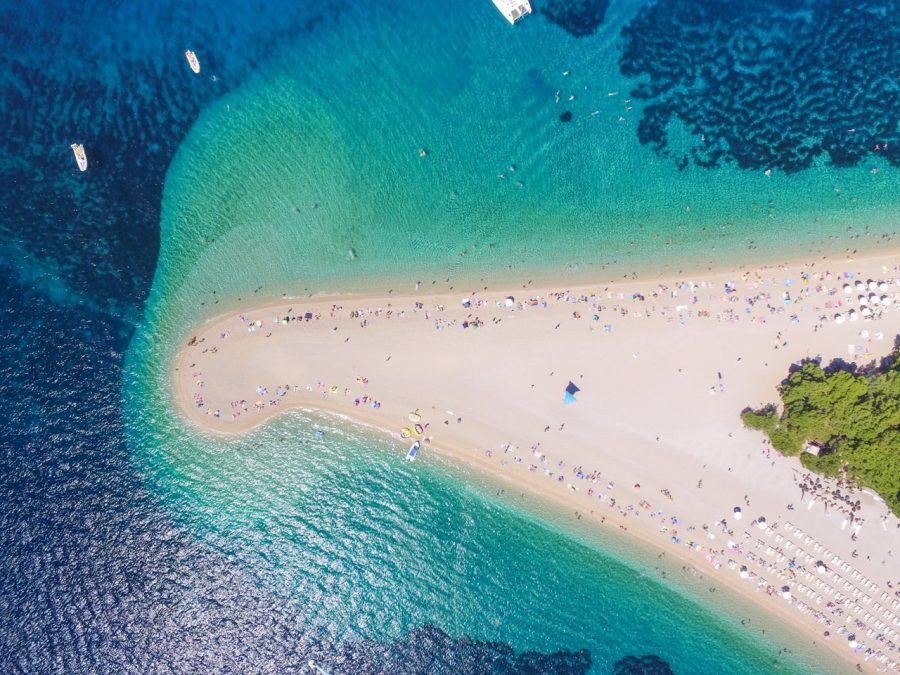
The most well-known beaches in Croatia would have to be Zlatni Rat Beach on the beautiful Croatian island of Brač, which has a long golden pebble tip stretching out to the Adriatic Sea like a hand reaching out for more wine (or beer, you choose).
The shape of the half-kilometer beach continually changes (albeit ever so slightly), forming the most unusual shape. Zlatni Rat is sometimes called the Golden Horn or Golden Cape Beach and is regularly named one of the most beautiful (and strangest) beaches globally.
Zlatni Rat beach is on Brač Island, just four kilometers from the attractive town of Bol, Croatia. This is a phenomenal option if you’re after a unique beach destination and researching things to do in Croatia in July or August.
2. Truffle Hunting In Istria
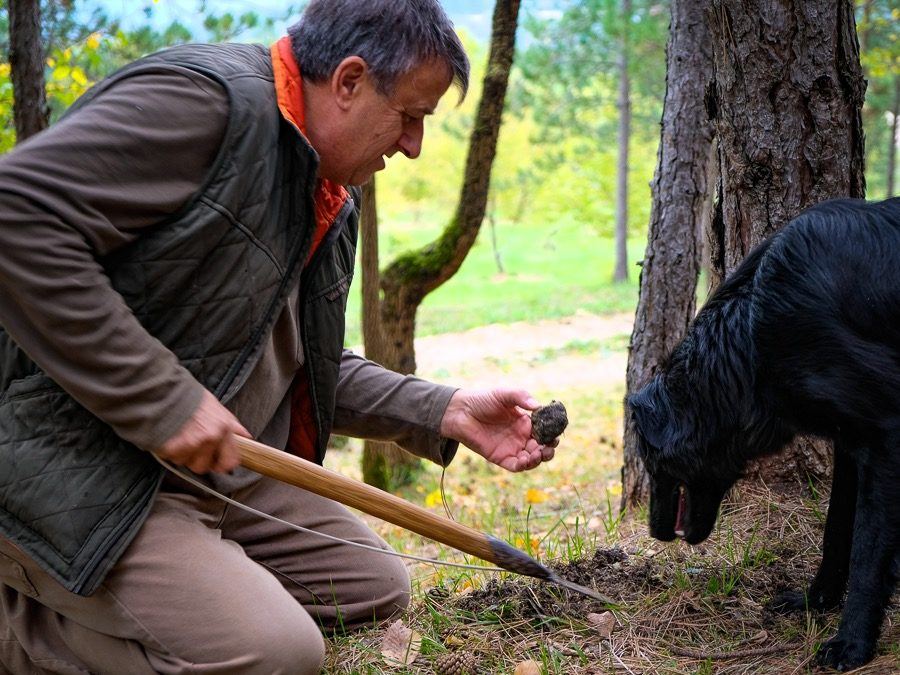
My truffle hunting experience in Motovun was one of the best days of traveling in Croatia. I suggest you go truffle hunting with Miro, the owner of Miro Tartufi. Don’t worry if you don’t know what to do. He and his dogs do all the real work!
Miro offers guided tours through the Motovun forest, taking you through stunning scenery on the hunt for those famous black and white truffles. Do not stress if you do not find many truffles in your search – the Miro family has plenty back at the house.
Truffles are famous worldwide, and the Istrian truffle is renowned for fetching some of the highest world prices. But, those little fungi are not easy to find – but oh-so-fun!
Be sure to wear good flat shoes on the hunt, and wear long pants if possible – as you are in the forest and are rummaging around nature. You’ll be more comfortable that way.
3. Tick Off UNESCO World Heritage Sites
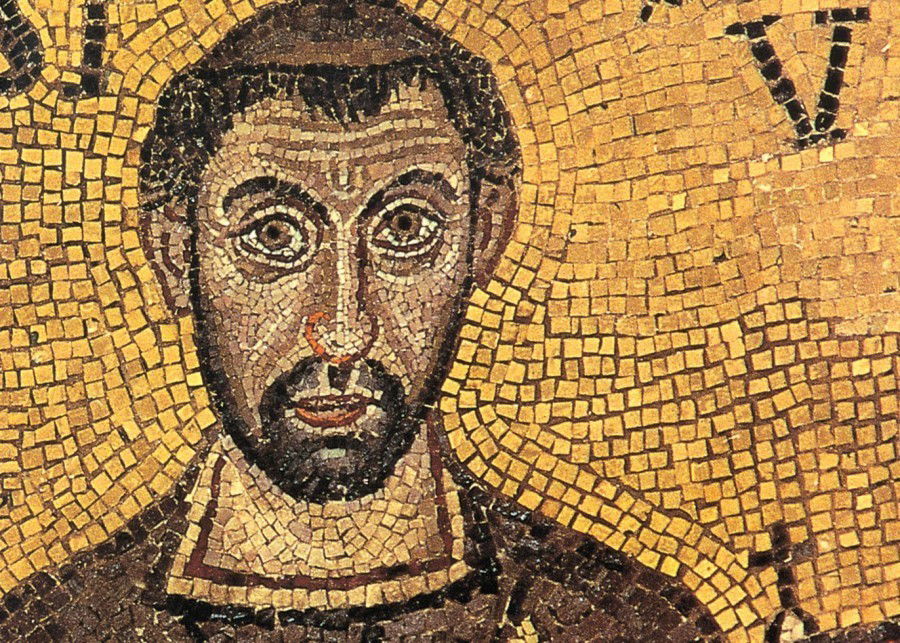
Are you not sure what to see in Croatia? Well, for a small country of just over 56,000 square kilometers, you may be surprised to know that there are ten (yes, that’s right, ten!) Croatian UNESCO World Heritage sites you can experience and explore.
There used to be eight Croatia UNESCO World Heritage Sites until 2017, when two more were added to the list, bringing the total to ten. In the meantime, another ten sites are currently considered world heritage.
For now, however, they remain on the “Tentative List.” We included a handful of the most interesting ones at the end of this post, too, as they may well become actual UNESCO World Heritage Sites in Croatia shortly.
These world-class heritage sights in Croatia make great places to visit in fall and spring when the summer crowds have dissipated.
- The historiccity of Trogir
- Old City of Dubrovnik
- Stari Grad Plain, Hvar
- Plitvice Lakes National Park
- Stećci – Medieval Tombstones Graveyards
- The Cathedral of St James inŠibenik
- Historical Complex of Split with the Palace of Diocletian
- Venetian Works Of Defense Between The 16th And 17th Centuries
- Episcopal Complex of the Euphrasian Basilica in the Historic Centre of Poreč
- Ancient And Primeval Beech Forests Of The Carpathians And Other Regions Of Europe
If you’re coming to Croatia in summer and would rather not brave the masses in peak season, you could also visit some of the lesser-known sites in Croatia that have been submitted to the tentative UNESCO list.
These include:
- The fortified walls and salt pans in Ston and Mali Ston’s towns are less than an hour from Dubrovnik by car.
- The Istrian hilltop town of Motovun
- The historical nucleus of Varazdin, north of Zagreb, which the New York Times named one of the top places to visit in Croatia
While visiting Croatia, don’t forget to check out the UNESCO Intangible Cultural Heritage list while traveling Croatia and learn about Croatian culture as you travel.
4. Sail The High Seas To See More Places In Croatia 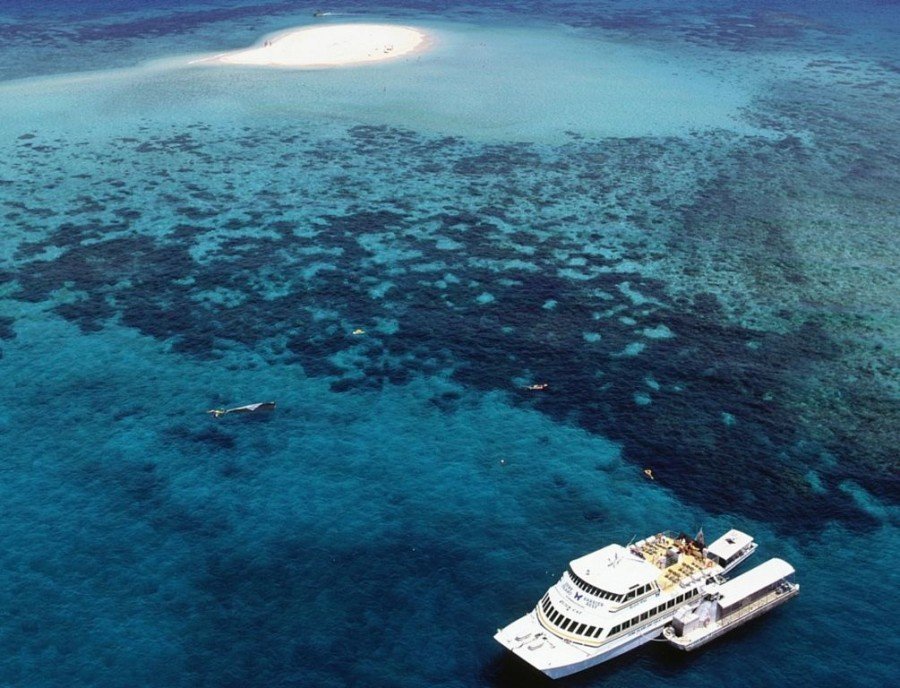
When a country has over 1,000 islands and one of the wealthiest archipelagos in the world, don’t miss your chance to sail along the coast.
Island exploration is one of Croatia’s best – and arguably the single greatest – things to do.
Spending time at sea has to be the main attraction in Summer. I’d dare say that a Croatian vacation without sea action would be sacrilege. Even if you can only spare a day, it’s blissfully worth it. Recommended islands to visit are Korcula, Hvar, Brac, Cres, Krk, and Mljet, and the family-friendly islands of the Zadar Archipelago.
You can combine the best of Croatia, sea, and land by sailing the Adriatic Coast and making stops to explore the mainland. For help choosing a sailing route, we compiled this guide to sailing Croatia.
Once you anchor your vessel and take a seat, your eyes will be drawn out to the blue bay that seems to go forever. While sailing, we recommend you try Konoba Opat, a restaurant that only serves fresh fish caught by local fishermen.
Mr. Chasing the Donkey claims it to be one of his best food experiences in Croatia.
5. Explore Croatia’s 8 National Parks
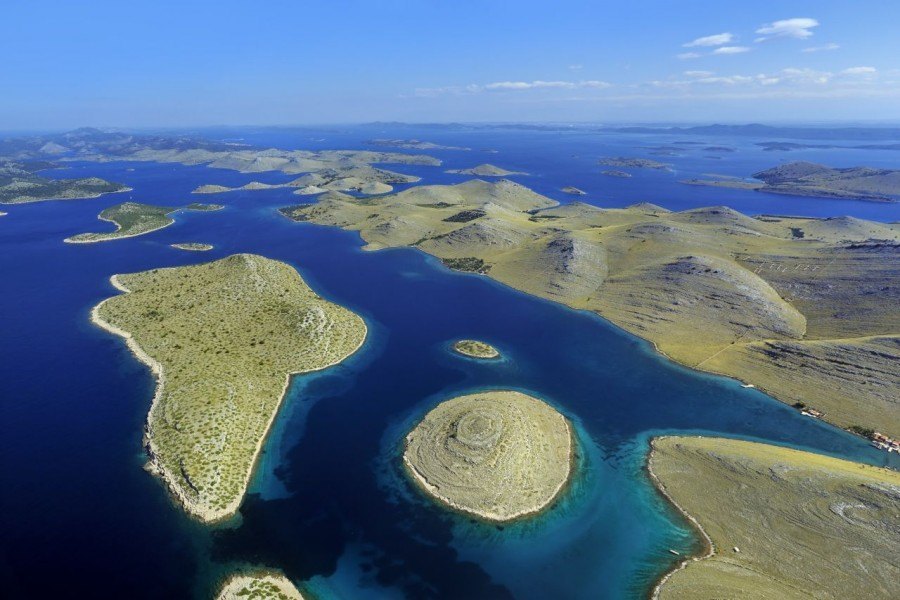
Croatia has eight national parks and one UNESCO Geopark; you should ensure you see at least one of these while on holiday in Croatia.
You’ll draw in an abundance of fresh, crisp, or sea mountain air as you breathe in. You’ll hear the crunching of leaves underfoot and the sound of waterfalls in the distance. Birds will be chirping, and you’ll be relaxed and without a care in the world. Of all the ‘must-visit places in Croatia,’ the national parks will satisfy the whole family.
I can’t single out any ONE of the national parks as being the best – but the most popular is Plitvice Lakes, National Park. If you like being outdoors and in nature, a national park is one of the most incredible Croatia places you could visit.
Plitvice Lakes National Park

Many agree that the most stunning of all of the national parks in Croatia is Plitvice Lakes, a UNESCO World Heritage Site. Plitvice Falls is always on those lists that do the rounds on the internet, like “top 5 places to visit in Croatia”. This natural attraction makes those lists for good reason. The lakes are a sight to behold. Trust me.
I’d recommend traveling from Zadar to Plitvice as it’s the most straightforward. It’s only two hours by bus from Zagreb. Getting from Dubrovnik to Plitvice National Park is also possible – although long.
Meander along Plitvice’s wooden plank trails and admire the glistening waterfalls crashing into the ever-changing colors of the sixteen interconnected lakes below. Just be sure to bring your camera; it’s a genuinely spectacular park and among the most popular sights in Croatia.
As this park is one of the most visited attractions in Croatia, it makes sense to take a guided tour like this to be sure not to miss a thing!
Book your admission ticket to Plitvice Lakes in advance here ↳
Krka National Park
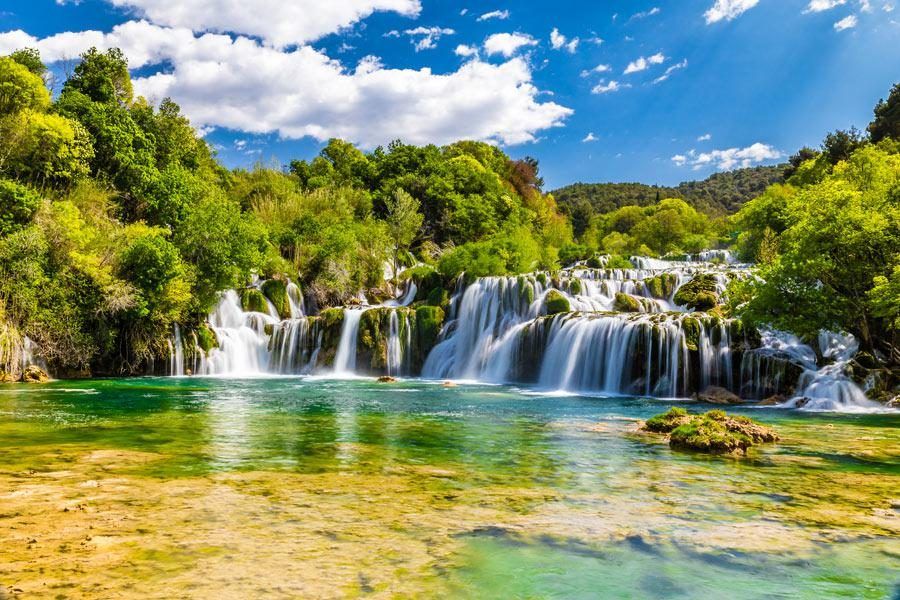
The Plitvice Lakes vs. Krka discussion is an ongoing debate, and there is never one clear winner. Others might consider Krka National Park more fun to visit. We have this post to help you choose which one might suit you.
Not far from the Dalmatian port city of Split is the best place to take a day trip to the Krka River. Krka is complete with medieval fortresses, waterfalls, and boat excursions.
The other Croatian national parks also make great additions to your what to see and do in Croatia. Especially Paklenica National Park, just 40 kilometers from the low-cost carrier airport, Zadar, is well worth going to. Paklenica National Park is home to Croatia’s largest mountain, the Velebit, which rises sharply from the sea’s edge and is a mountain climbers’ paradise.
You can make many day trips, from Dubrovnik to one of the parks. If you want to see them all, four of the eight parks are best reached from the Zadar region. So, use that as a base. You might want to consider private transfer companies that can arrange transport for much less than you think.
Take a guided tour to Krka National Park Tour with Wine tasting like this ↳
- Plitvice Lakes National Park
- Mljet National Park
- Krka National Park
- Risnjak National Park
- Paklenica National Park
- Sjeverni Velebit National Park
- Kornati Islands National Park
- Brijuni National Park
Brands We Use And Trust
6. Get Outdoors (& We Don’t Mean The Beach)
Croatia has some magnificent beaches and makes for an ideal place to kick back and relax. But why not mix it up with fun outdoor adventure sports, too? Add two things to your list: zip lining and rafting on the Cetina River. The zip line in Omiš is the fastest one in Croatia and goes a whopping 65 km/h. Now, that will get your vacation started.
7. Get Spiritual In Croatia
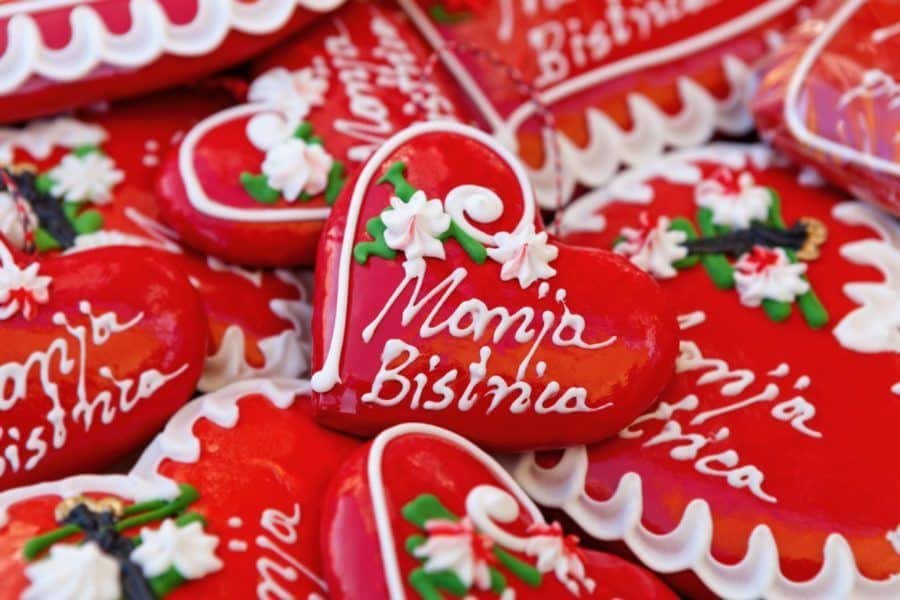
I’ve never heard anyone outside Croatia tell me they plan to visit Marija Bistrica. Never has anyone asked me how to get there or what to do there. But if you like religious stops of the Catholic kind, head to Marija Bistrica. One of the top tourist destinations in Croatia for Catholics, this city holds a unique charm and sense of divine healing that I’ve not yet felt anywhere else in Croatia. Be sure to take a look for yourself.
8. Amazing View At Sljeme Zagreb (Mount Medvednica)
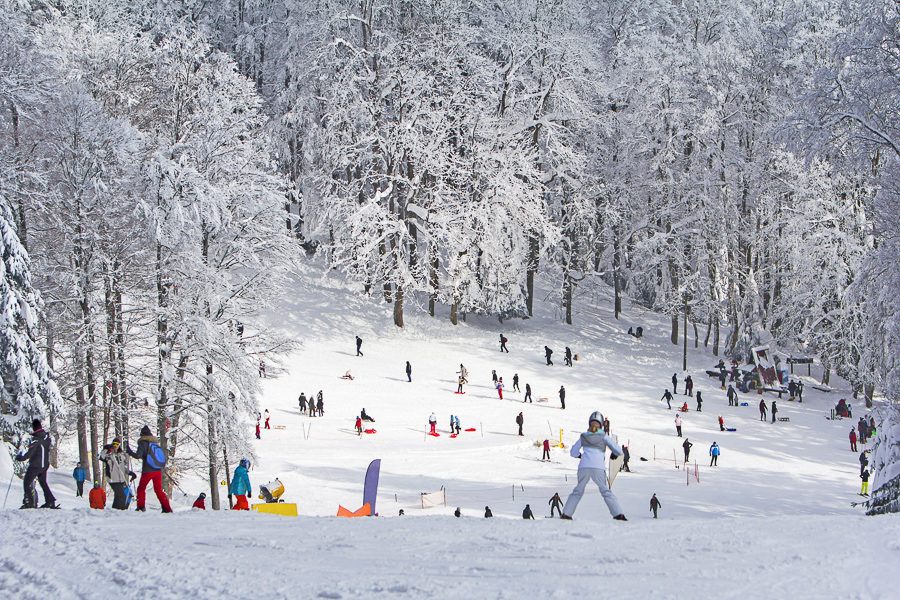
For those looking for a more active holiday, we encourage you to check out the view atop Sljeme. Just twenty miles from the center of Zagreb, it is a great adventure to escape the hustle and bustle of beautiful nature.
It is an excellent place for hiking in summer, and in winter, the mountains are filled with skiers and snowboarders and a heaping of fresh snow.
9. Walk Tito’s Secret Tunnels – A Historical Attraction
Did you know tunnels were built on the side of the Velebit Mountains during the 1950s as a secret place of refuge when the USSR attacked Croatia via air? These fantastic, mysterious bunkers have been excavated and are available for tourists to wander through, providing a unique Dalmatian experience.
If you’re heading to Paklenica National Park, don’t miss your chance to simultaneously experience the history beneath the mountain’s strong facade.
10. Party At Carnival
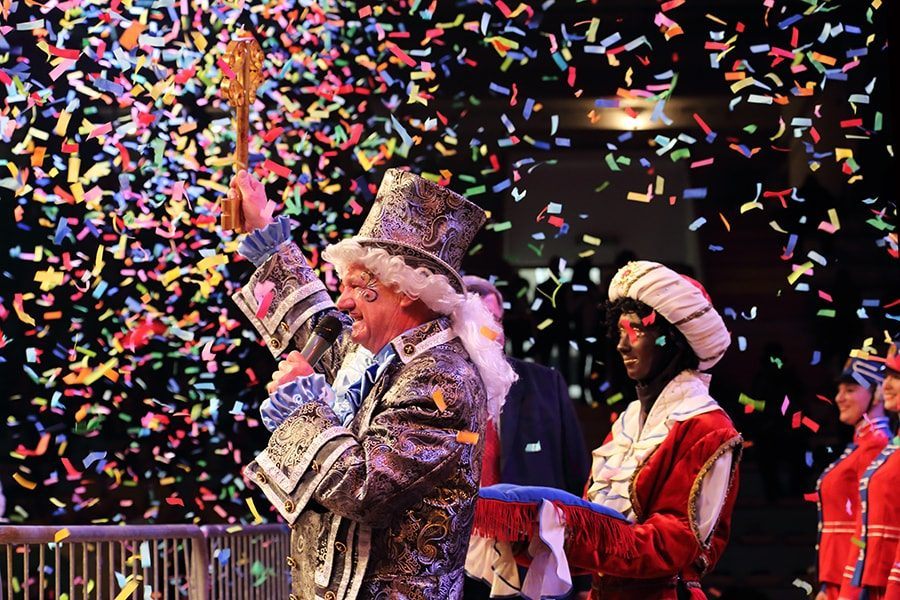
Croatia Carnival or Maškare season hits each February. Visiting some astounding Carnival destinations in Croatia has to be one of the best things to do in the low season, one of the top Croatia attractions in winter.
Croatians are known to take their carnival very seriously, as people in every region, city, and village in Croatia, regardless of their age, participate in the spirit of Maškare. According to ancient legends, this is a centuries-old tradition that goes back to ancient times when ferocious masks kept away the forces of evil.
In each city, the organizers spend an entire year creating an exciting program with various events and performances for visitors from all over Croatia and abroad.
11. Day Trip Croatia On Road Trip
If you are not sailing on the Adriatic, the best way to travel to Croatia is by car. It makes sense that you want to hit the road with so many magical hilltop towns in Istria and rustic villages across the country, only accessible by car.
Hiring a car in Croatia is much easier than you think, and with panoramic views hugging roads along the coast, you’ll explore Croatia in ways you can’t by bus or train.
Hire A Car When You Visit Croatia
Private Transfer
A private transfer is a superb option if you don’t want to drive. It will cost you a little more than renting a car, but that little extra will allow you to have a stress-free journey. If you book with Octopus Transfer Croatia, your English-speaking professional driver will pick you up from your accommodation and take you anywhere you need to go.
12. Hike To Fabulous Heights (Not Just The City Walls)
Aside from beaches and extreme sports opportunities, Croatia also boasts excellent options for hiking. Mainly inland Dalmatia, with its beautiful karst landscape.
Part of the Dinaric Alps, it boasts a priceless wealth of flora and fauna. It is one of the last sanctuaries of wildlife in Europe. These unspoiled natural beauties and all their secrets are yet to be discovered.
Climb magnificent mountains and enjoy their scents, sounds, colors, and unforgettable panoramic views. Hiking in Croatia allows you to enjoy the freedom of its wildlife: a flying falcon, the howling of wolves, and rock climbing chamois (a type of goat). The blend of sea, islands, shores, and wildlife inland Dalmatia makes it a unique, small region of great opportunity and diversity.
Check out these five hiking trails – not all for serious hikers.
13. Come To Croatia For A Medical Vacation

Most people visit Croatia to enjoy the stunning natural beauties and relax; some come for the fantastic food, and some want to experience an adventure or do sports, but what if there is more? Did you know that medical tourism in Croatia is on the rise?
You can enjoy many things in Croatia, and while you are here, you can also do something good for yourself and your health. Dental tourism in Croatia is one area within the medical tourism industry that offers many options in Croatia.
14. Discover Off-The-Beaten-Path Places
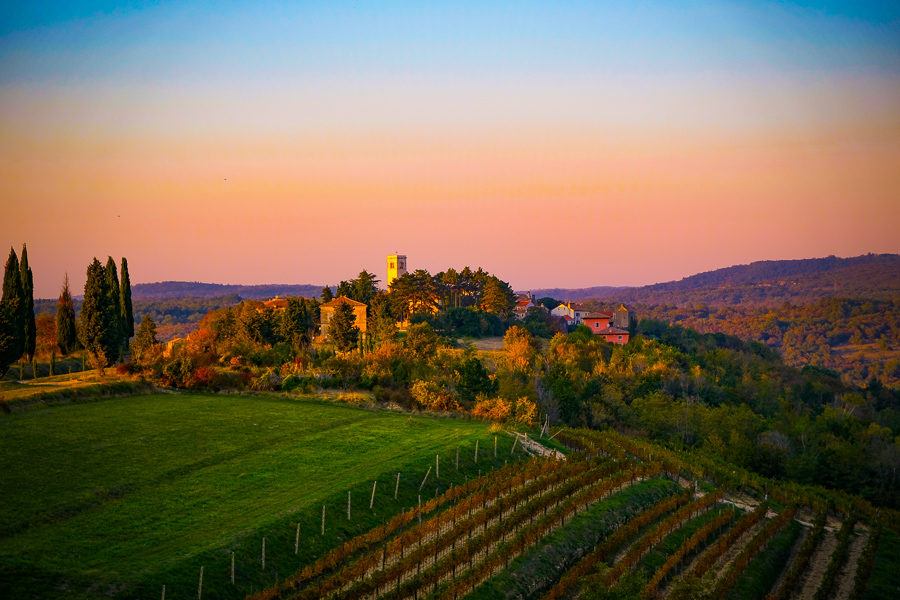
Traveling to Croatia guarantees you a unique and memorable holiday experience. Everyone has heard of Dubrovnik, Split, Zadar, and a stack of our beautiful islands, but how many of these have you heard about?
15, Kayaking The Turquoise Waters Of The Adriatic
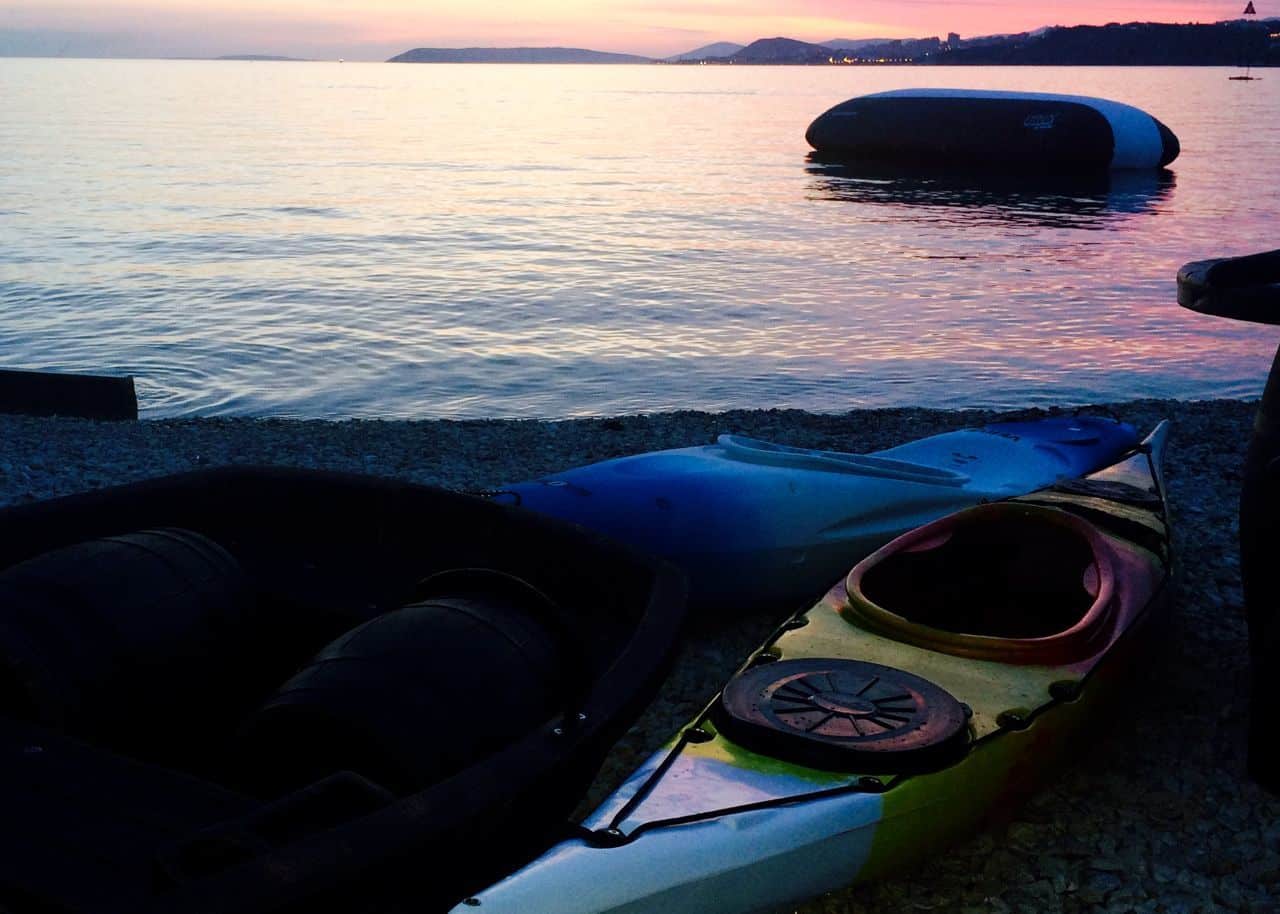
For half a day (or more or less if you wish), you can paddle leisurely around the small peninsula of Split, learn about the city’s history and the country, dip in the water to swim, and cool off.
16. Sample All Types Of Food & Wine In Croatia
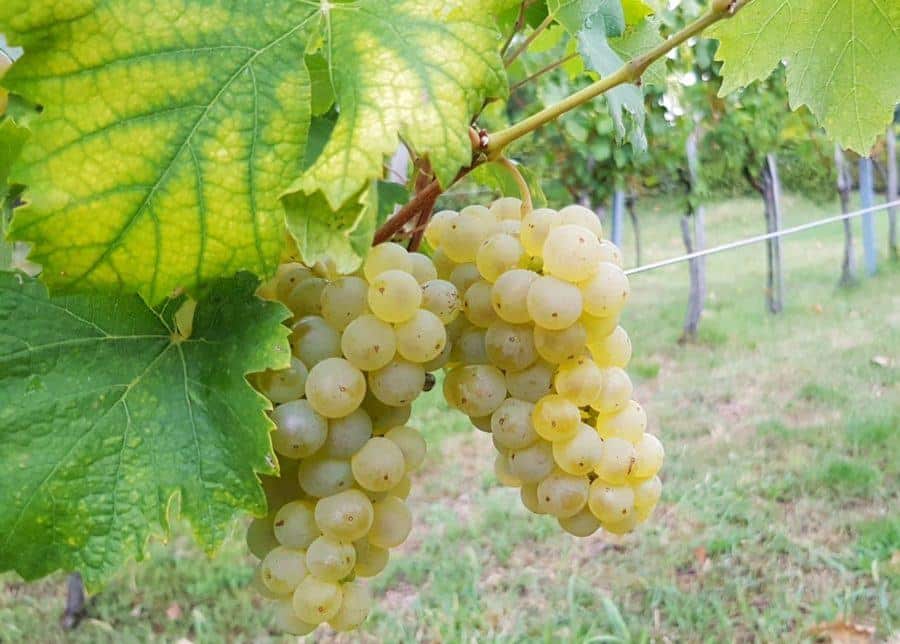
Okay, that’s a given. But where? Food in Croatia is diverse and glorious, and sampling is one of the most fun things to do in Croatia during any vacation. Croatian cuisine is exquisite and varied, from fish and seafood in Dalmatia to lamb in Kvarner and Zagreb steaks. Foodies should head to Istria because that’s where it’s at! We have a list of the top places to eat in Croatia here.
Croatia offers plenty of delicious dishes to try, so do not pass up the fresh seafood along the coast. Freshly caught squid, octopus, sardines, or prawns are all grilled to perfection, lightly fried, or added to mouth-watering soups and pasta dishes, making it nearly impossible to push oneself away from the table.
Pair any meal with a chilled local beer, such as the Osječko or Karlovačko, on a sunny patio for the perfect Croatian afternoon.
Do you love wine? One of Croatia’s best places to enjoy wine is the Pelješac Peninsula. Though it is only home to about 8,000 people, the Pelješac peninsula is now coming into its stride as a travel destination.
This region has long been known for its delicious shellfish, dry red wines, and gorgeous beaches and is the critical place to take an actual adult holiday. Wine enthusiasts should stop at Korta Katarina Winery in Orebić and check out this list of things to do inPelješac for more ideas.
The peninsula lies conveniently between Split and Dubrovnik, making it a fantastic day trip from both coastal cities.
17. Sample Sparkling Wines in Plešivica
Although smaller and arguably less known than other Croatian wine regions, Plešivica stands out because of its outstanding sparkling wines. Located in the gently rolling Samobor mountain range, merely 30 kilometers from Zagreb, this area produces the best sparkling wines in Croatia. Some people even call it the “Champagne of Croatia.”
A visit to this underrated Croatian wine region is one of the best things to do in Croatia for wine enthusiasts. However, it’s not just sparkling wines in Plešivica. You can also find various other wines here, from chardonnay, riesling, and Pinot Gris to Gewurztraminer and Sauvignon.
18. Find A Konoba On Your Trip To Croatia
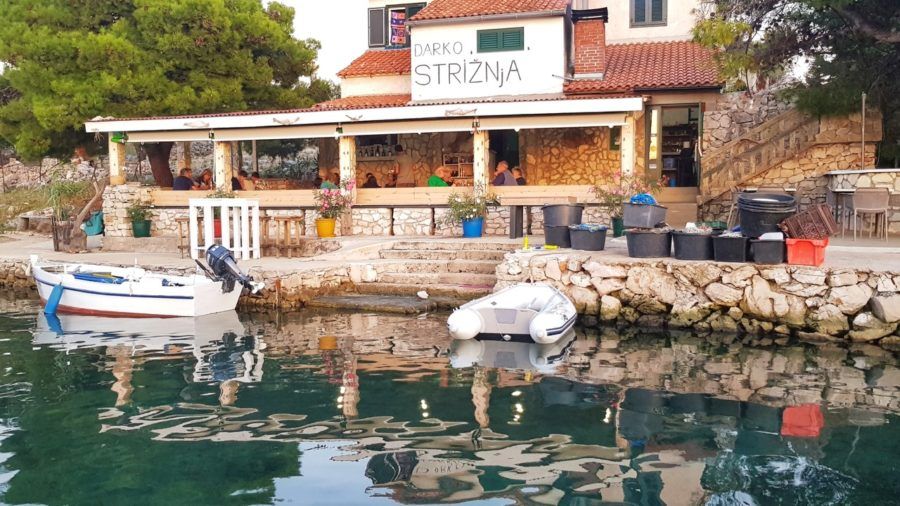
While on holiday in Croatia, you’ll find something to treat your taste buds no matter where you are. (Read the point above if you skipped it!). So, what is a konoba?
A konoba is a traditional restaurant and is often much cheaper than a restaurant. Konobas will offer you traditional specialties. For example, when in Dalmatia, ensure you order any fresh fish you see on offer. Trust us, a Dalmatian chef knows how to grill fish perfectly, so it’s worth sampling.
You’ll want to try a unique Croatian dish, a black risotto made from cuttlefish called crni rižot. If you do not like seafood, be sure to order pašticada, a traditional beef dish marinated for 24 hours in garlic, wine, and herbs. Pašticada has a rich dark sauce served with homemade gnocchi and is best enjoyed with a glass of Dalmatian Plavac Mali red wine.
Other must-try foods at a konoba are octopus salad and definitely try some poljički soparnik in Dalmatia. Please don’t blame me for your expanding waistline!
Local tip: don’t let the abundance of pizza ovens seduce you. Although the pizza in Croatia is fantastic, you also need to be on the lookout for small, often family-run local restaurants or go to one of Croatia’s best restaurants.
19. Attend A Festival
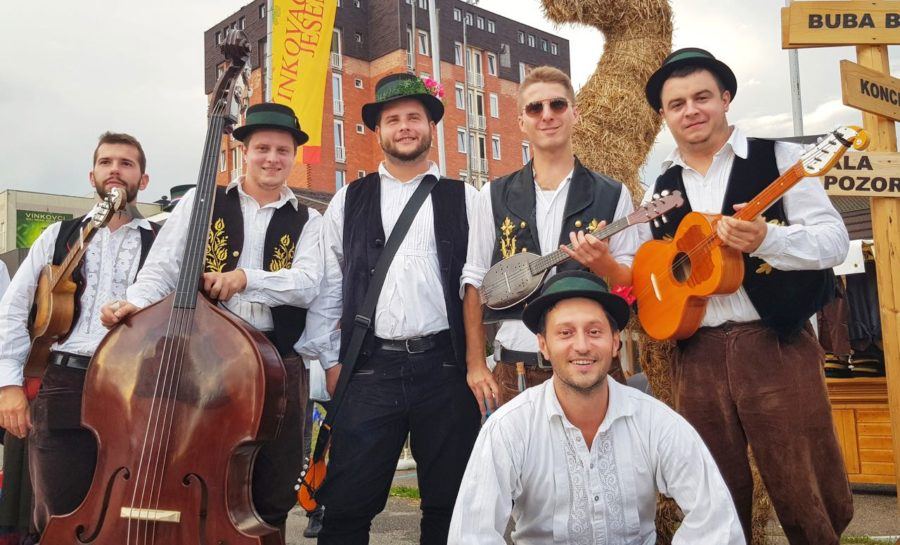
Whenever we travel to new places (and we’ve been to 25 countries and have lost count of the cities now!), we love to find and plan our trips around local festivals. At festivals, you experience what a place is about, especially when it’s a food festival. Food is an essential part of a particular culture – some would even say the very core.
20. Have A Full Family Adventure In Croatia
You can find family fun across Croatia, and many great family hotels you can choose from. With my two small boys in tow, I have been on a mission to find the best things to see in Croatia that please the smallest to the oldest. Here is just the beginning of what a Croatia to-do list with kids would look like.
10 Best Things For Kids
- Make a Sandcastle and then Play Beach Volleyball
- Swim Under a Waterfall
- Travel Scavenger Hunt
- Photo Jeep Safari
- Take a Ferry Ride or go Sailing in Croatia
- Skip the Beach and Hit a Water Park
- Snorkeling in Croatia
- Water Activities on The River Zrmanja
- Dance at the Sea Organ
- Discover 24 Stunning Waterfalls
Croatia With Kids
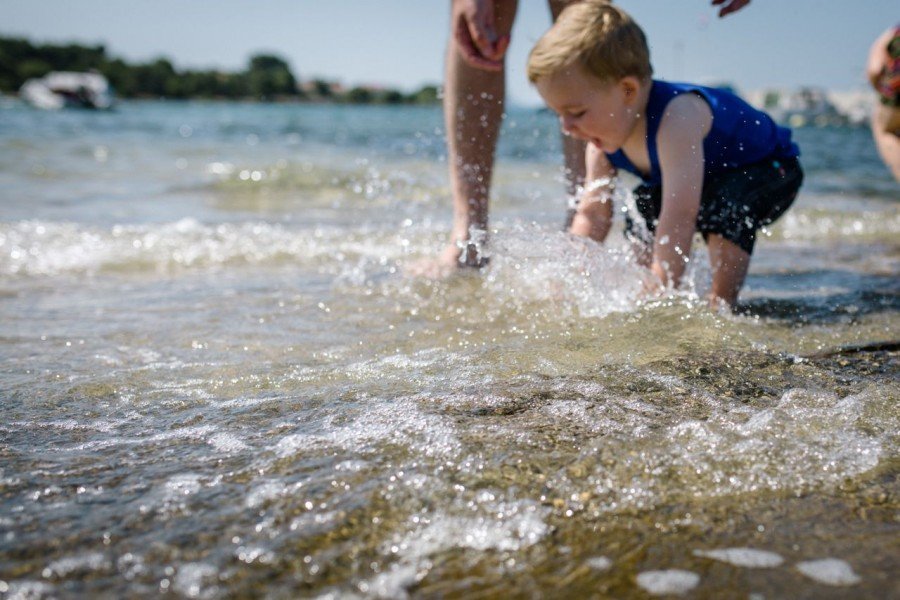
Now that you know what to visit in Croatia with the kids, you’ll need to decide if Croatia is the right choice for your family using these two guides:
21. Leave Croatia For A Day Trip
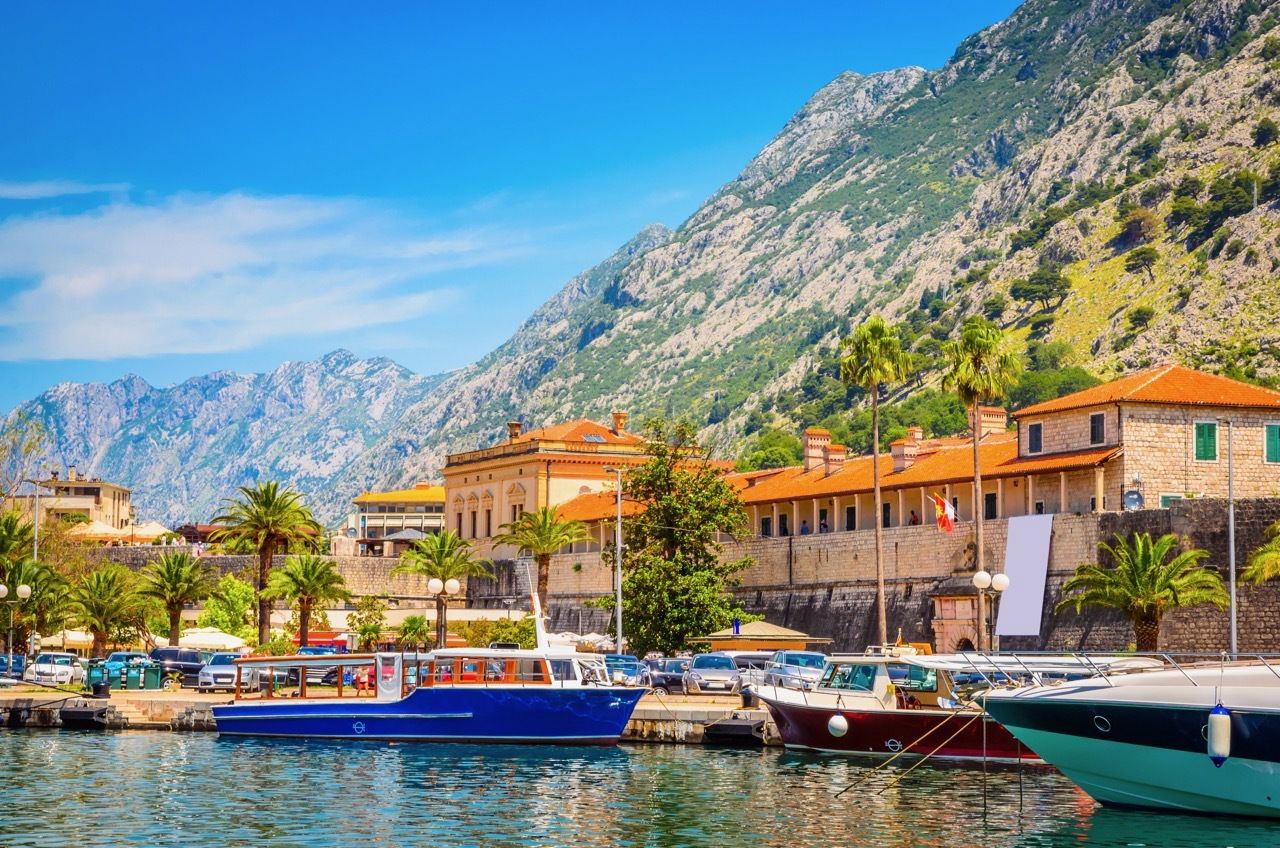
What? Do you know how close you are to other parts of the Balkans that make for excellent day trips?
Surrounded by Slovenia, Hungary, Bosnia-Herzegovina, Serbia, and Montenegro, Croatia is an excellent base for exploring the rest of the western Balkan peninsula.
- Day trips from Zagreb include fabulous destinations like Ljubljana and Lake Bled, both in Slovenia
- In contrast, day trips from Dubrovnik take you to magnificent places like Mostar in Bosnia-Herzegovina and the Bay of Kotor in Montenegro
- The latter two are UNESCO World Heritage Sites, among the Balkans’ most fabulous places to visit
- Another recommended excursion is to Bosnia-Herzegovina’s Medjugorje, a renowned Catholic pilgrimage site
22. Explore Caves
Explore the enchanting world beneath the surface! Visit captivating caves on your Croatian holiday and marvel at nature’s hidden wonders. Discover stunning formations, ancient history, and a sense of adventure in these mystical realms. Unearth an unforgettable experience!
23. Join A Cooking Class In Zadar
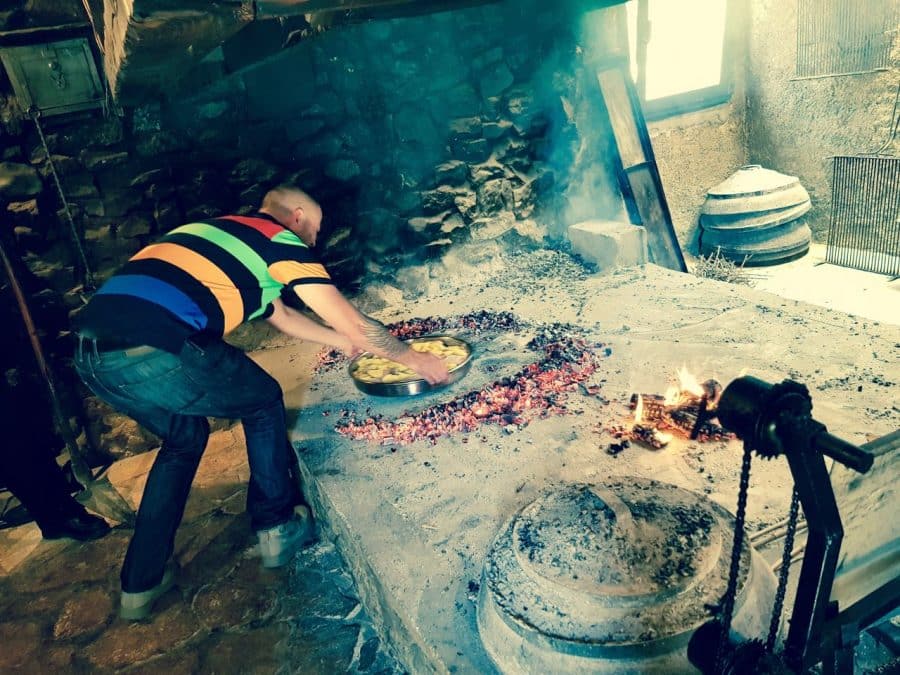
There are several cooking classes to undertake while in Croatia. If you have a soft spot for fantastic food and wine and want to learn how to make the most delicious, tasty meat using a traditional method, head to Zadar. You’ll find a bespoke, hands-on cooking class and wine tour, perfect for mid-size groups (kids included).
24. Discover Unique Things To Do In Croatia
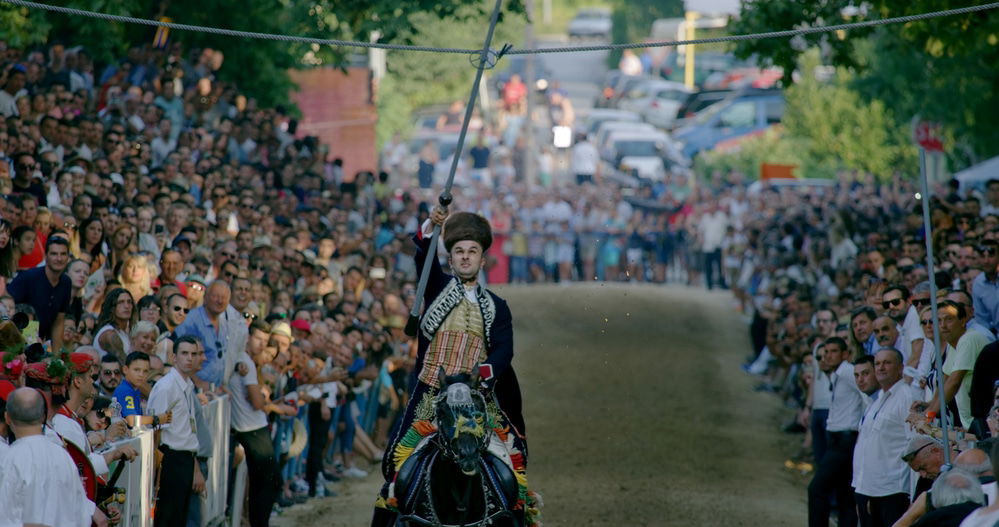
If you’re looking for unique Croatia points of interest or alternatives to the more famous spots in Croatia for your upcoming vacation, this next part is for you!
There are dozens of unique experiences and activities in Croatia that I bet you’ve never had – or maybe even heard of.
For example, what about:
- The Sinjska Alka: A Knights tournament
- Rub Gregory of Nin’s Big Toe – Grgur Ninski
- Enjoy an electric car ride in Kunjevci
- Track down dinosaur footprints in the Brijuni Islands
- Cycle the Parenzana
- Town of Hum celebrating the election of the mayor
- Walk the second-longest wall on the planet, Mali Ston
- Cross the hanging bridge at Kriznica
- Watch a donkey race at Sali
- Milk a donkey
25. Horse-Riding / Ranch Visit
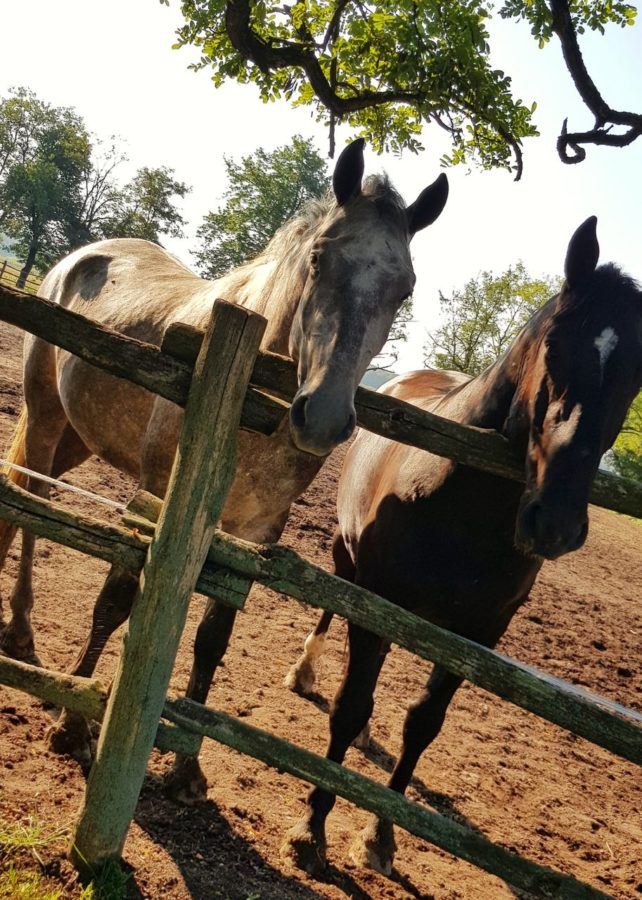
Every kid loves animals and the great outdoors in my experience – and most of us, big kids, too! There is no need to keep shushing the kids to be quiet and use an indoor voice at a ranch. There are many ranches around Slavonia. I give you my parent seal of approval on these:
- Ranč Ramarin
- State Stud Farm Đakovo
- Ranč Čondić
26. Towns & Cities In Croatia To Explore
Croatia offers a wealth of beautiful and diverse destinations to explore. Here are some must-visit places in Croatia that have historic cities, coastal towns, Roman ruins, sandy beaches, rugged mountains, ancient ruins, and so much more worth visiting:
- Dubrovnik: Known as the “Pearl of the Adriatic,” Dubrovnik is a stunning city with ancient walls, marble streets, and historic buildings. Explore the Old Town, walk the city walls, and visit Fort Lovrijenac and the Rector’s Palace. Explore the Old Town, walk the city walls, and visit Fort Lovrijenac and the Rector’s Palace
- Split: Home to the impressive palace built by the Roman emperor Diocletian. Split blends ancient Roman architecture with a vibrant atmosphere. Don’t miss the Cathedral of St. Domnius, climb the Bell Tower for panoramic views, and stroll along the Riva promenade
- Home to the impressive Diocletian’s Palace, Split blends ancient Roman architecture with a vibrant atmosphere
- Plitvice Lakes National Park: A natural wonderland, Plitvice Lakes is a UNESCO site. Explore the cascading lakes and waterfalls, walk the wooden pathways, and enjoy the breathtaking scenery.
- Hvar: An island in the Adriatic Sea, Hvar offers crystal-clear waters, stunning beaches, and a vibrant nightlife scene Explore Hvar Town, visit the historic Fortress, and indulge in local cuisine and wine. Explore Hvar Town, visit the historic Fortress, and indulge in local cuisine and wine
- Zagreb: Croatia’s capital city, Zagreb, combines a rich history with a lively urban atmosphere. Explore the historic Upper Town, visit the Zagreb Cathedral and St. Mark’s Church, and wander through the vibrant Dolac Market
- Rovinj: Located on the Istrian Peninsula, Rovinj is a picturesque coastal town with narrow streets, colorful buildings, and a romantic atmosphere. Explore the old town, visit St. Euphemia’s Basilica, and enjoy the beautiful coastline
- Zadar: This coastal city is known for its unique Sea Organ and Sun Salutation installations. Explore the historic old town, visit the Roman Forum, and enjoy the stunning sunsets along the waterfront
- Korčula: Another enchanting island, Korčula boasts medieval architecture, vineyards, and beautiful beaches. Explore the narrow streets of Korčula Town, visit Marco Polo’s alleged birthplace, and indulge in local wines
- Pula: Home to the well-preserved Roman amphitheater, Pula offers a fascinating mix of history and natural beauty. Explore the Arena, visit the Temple of Augustus, and relax at nearby beaches
- Trogir: A UNESCO Heritage site, Trogir is a charming, well-preserved medieval town. Wander through the narrow streets, visit St. Lawrence Cathedral, and admire the Kamerlengo Fortress
These are just a few highlights among the many amazing destinations in Croatia. Each region has its own unique charm, so explore beyond the popular spots to discover hidden gems and create unforgettable experiences.
27. Lokrum Island Dubrovnik
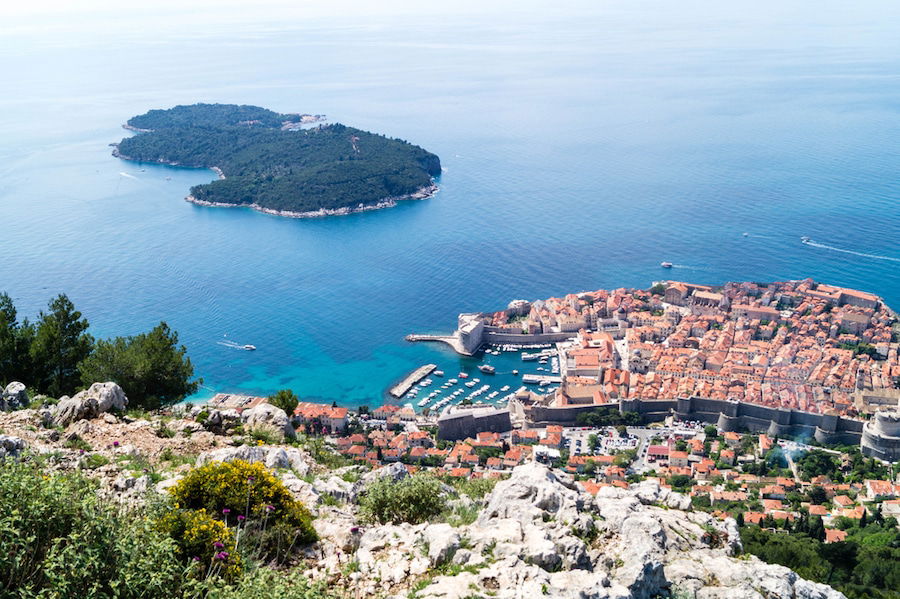
If you’d like a day trip to one of the many islands from Dubrovnik, the easiest one to get to is Lokrum Island. This small, historic, forested island is clearly visible from the Old Town and the City Walls, located only ten minutes by boat from the harbor.
Boats regularly go between the city and the island (and back) all day. This is easily one of the best excursions from Dubrovnik, a perfect afternoon trip.

It’s a great place to escape the hustle and bustle of the Old Town. Especially during the busy summer months, the island’s peaceful scenery and laid-back vibe are delightful.
You can visit a few historic sites, hit the many hiking trails, or relax in the parks or the beaches.
Oh, and it’s there you can sit on the “Throne.” Yes! The Game Of Thrones, throne! This is one of the easiest, if not the easiest, boat trips from Dubrovnik you could take.
28. Trsteno, Ston & Pelješac On The Dalmatian Coast
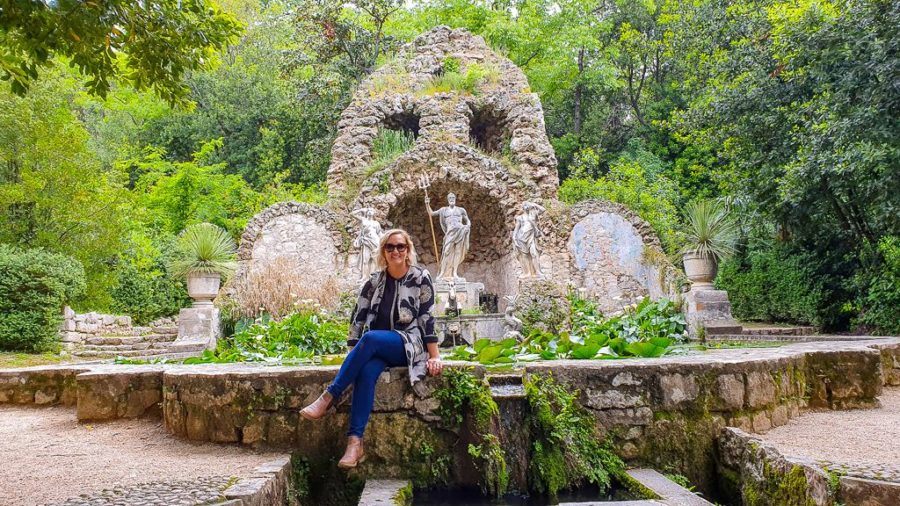
For exploration in the Peljesac Peninsula, head to Trsteno, a small seaside village. Trsteno has a 15th-century Renaissance Summer Residence, a fine example of period architecture, an option to take a private tour with the Trsteno arboretum, and, of course, oyster and wine tastings!
From there, head to Ston and be greeted by the area’s second set of famous walls. These medieval stone walls surround the nearby town of Ston. The walls are a three-and-a-half-mile-long fortification system with forty towers and five bastions. Head to the Ston Salt Pans in Ston, where salt is still harvested the old-fashioned way.
If you haven’t visited the Pelješac Peninsula, you should. Famous for its vineyards and excellent red wines, it’s a great chance to taste some of the wines in some of the finest local wineries that Croatia has to offer.
Explore Croatia With My Local Tips
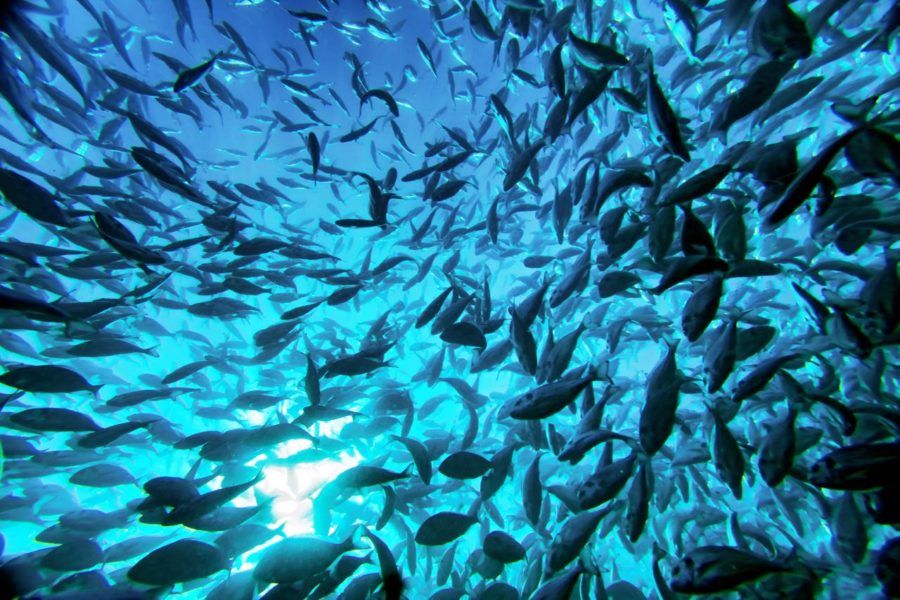
Come In The Off-Season
Prices drop at least 30% compared to the high season. There are fewer people, and you’ll get to meet the locals. Winter in Croatia is by far the least busy time of year and is always overlooked.
Granted, the Dalmatian Coast is all but a ghost town, and the Adriatic Sea is freezing cold, but you have skiing, spas, and many festivals to keep you busy. Shhh, don’t tell anyone, but Croatia in September is impressive.
You’ll fall in love with Croatia’s old cities and the raw coastline on your visit, and I guess you’ll need two more trips (at least!) to experience all that is on offer for your family.
Or, consider coming in the spring when temperatures warm up and check out all Croatia’s Easter traditions.
Accommodation In Croatia
There are numerous options for where to sleep while on your vacation in Croatia. There are many hotels, motels, camping grounds, and apartments. We keep updating our guides with the best ones here. Once you’ve decided what to see in Croatia, use that guide to find a great deal.
Move This Adventure To Your Inbox & Get An Instant Freebie

No spam. Unsubscribe at any time.
What Is The Currency In Croatia
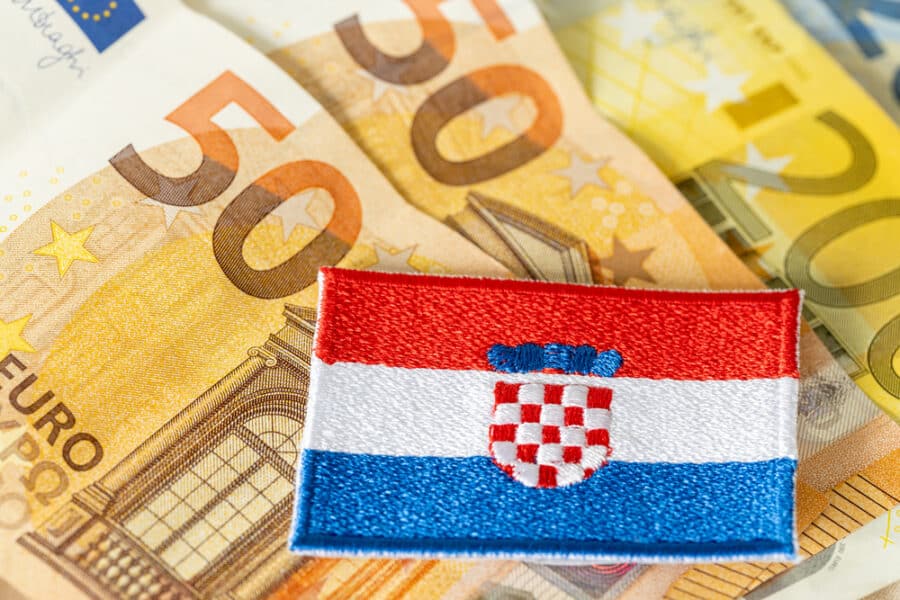
The official currency in Croatia is the euro. You can find foreign currency exchange centers throughout all cities and towns. Currency exchange is also provided in banks, post offices, and tourist agencies.
What are the top tourist destinations in Croatia?
Croatia offers several popular tourist destinations. Dubrovnik is one, as to are Split, Plitvice Lakes, Hvar Island, Rovinj, and Zadar, each with its own unique attractions and charm.
What is the best time to visit Croatia?
The best time to visit Croatia depends on your preferences. The summer months (June to August) are ideal for beach vacations and coastal activities, while spring and autumn offer milder weather and are great for exploring cities and national parks.
What are some must-try Croatian dishes and food experiences?
Don’t miss trying Croatian dishes such as cevapi, pasticada, black risotto, and fresh seafood. Also, indulge in local wines and olive oils for a complete gastronomic experience.
What are the transportation options for traveling within Croatia?
Croatia has a well-developed transportation system. Depending on your destination and preferences, you can travel within the country by bus, train, ferry, or domestic flights.
Are there any UNESCO World Heritage sites in Croatia?
Yes, Croatia boasts several UNESCO World Heritage sites, including the Old City of Dubrovnik, Diocletian’s Palace in Split, Plitvice Lakes National Park, and the Historical Complex of Split with the Palace of Diocletian.
What are some outdoor activities to enjoy in Croatia?
Croatia offers numerous outdoor activities, such as hiking in national parks, island hopping along the Adriatic coast, water sports like kayaking and snorkeling, and exploring picturesque cycling routes.
Can I use euros for transactions in Croatia?
Yes, As of January 1st, 2023, the official currency in Croatia is the European euro, also shown as EUR; each euro is divided into 100 euro cent coins.
Are there any cultural festivals or events in Croatia worth attending?
Croatia hosts various cultural festivals and events throughout the year. Some notable ones include the Dubrovnik Summer Festival, the INmusic Festival in Zagreb, and the International Folklore Festival in Zagreb.
Are there other top things to do in Croatia that you loved that we missed off this list? Are there any critical places of interest in Croatia that we need to add? Let us know.
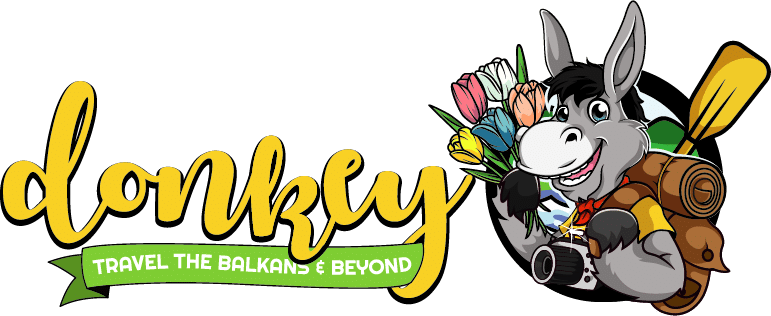

I want to go there nowww!
Nice article and well explained about Croatia. I am planning to visit Croatia in mid of April with my family. Can’t wait.
me too.Croatia is my dream place to visit.its on top in my wish list
Diving into the Adriatic from a sailboat is simply divine, I have no other word for it. So is climbing cliffs straight from the sea and just falling back down into the warm clear water. The cliffs continue straight down under the surface, so it’s safer than it might sound. Kayaking is great, too – and I’m going to do paddle boarding next time I’m there. But the first thing I tell people not to miss is the Blue Grotto of Biševo!
What a fantastic post. Croatia sounds like such an awesome place to go with far more to see and do than what I realised. Now to start saving!!
Yes, its a great place for kids. Its really very safe here.
Hello, great to visit you, we are living parallel lives, sort of. I’m in Sydney with a FIFO husband too, also in oil and gas, currently 28:28 in an office in Kurdistan, due home next Friday! Now then, I have never been to Croatia which is just silly… your photos are luscious and make me want to jump on a plane. My sister sailed her boat there for weeks and weeks a couple of years ago and Sydney pals visit often: on the list!!
Hey! So great to hear from a fellow FIFO wife! They should swap jobs, Kurdistan is close to us! Perhaps you should meet hubby in Croatia on one of his swings home? Would make a great place to unwind before having to go back to work :) So stay in touch – you can also find me at https://www.facebook.com/chasingthedonkey BYE.
How marvelously refreshing to read a travel blog on the very wonderful Croatia where Dubrovnik only gets a passing mention. Beautiful though it undoubtedly is, I do feel it (and Hvar island) take all the plaudits – whereas the entire country is a magical experience of sights, sounds smells and tastes. And best of all, I shall be back there in nine weeks time :-D
YES! I am so glad you appreciated that Jon. Everyone already knows how amazing both of those places are – so why not share the rest of the lovley country.
We have never been to Croatia, and among our friends only one couple has made it there. I would love to visit the beautiful beaches and national parks, and of course try Croatian cuisine.
Great post with so many diverse things to do. You know you just keep selling Croatia to me. I wouldn’t even know where to start with all the wonderful things to do and see. I wish I was going sometime soon (like this year). Every post just keeps inspiring me and it looks absolutely beautiful.
Perhaps, you can make plans for summer 2015? Or you could come later in the year after Summer, when things slow down and its less crowded.
Great list of things to do! Love Leonardo’s photos. Just had a bit difficulty with describing Istria under Northern Croatia. But I guess for the travelers, it won’t make a difference. We, locals, always consider area north of Zagreb, as Northern Croatia, and Istria we think more of as Western Croatia. But as I said, for a traveler the point is clear – visit inland Istria :)
Thanks Vera for the clarification. My point of the piece was to try something NEW. North, West, just experience more than Dubrovnik and Split which everyone knows is in the South.
So many things to do! I’ve only experienced about half of these and even then, I’d see them again in a heartbeat :)
Half is way better than none – and yup, they are so worth seeing again.
I’ve thought of visiting Croatia a few times and reading this post really makes me want to go there.